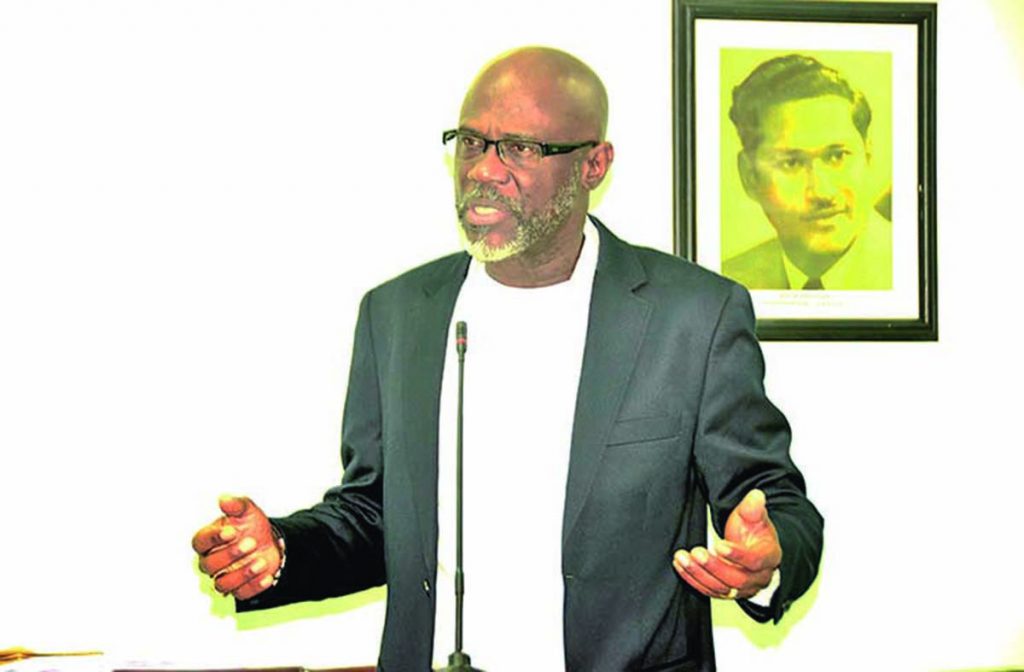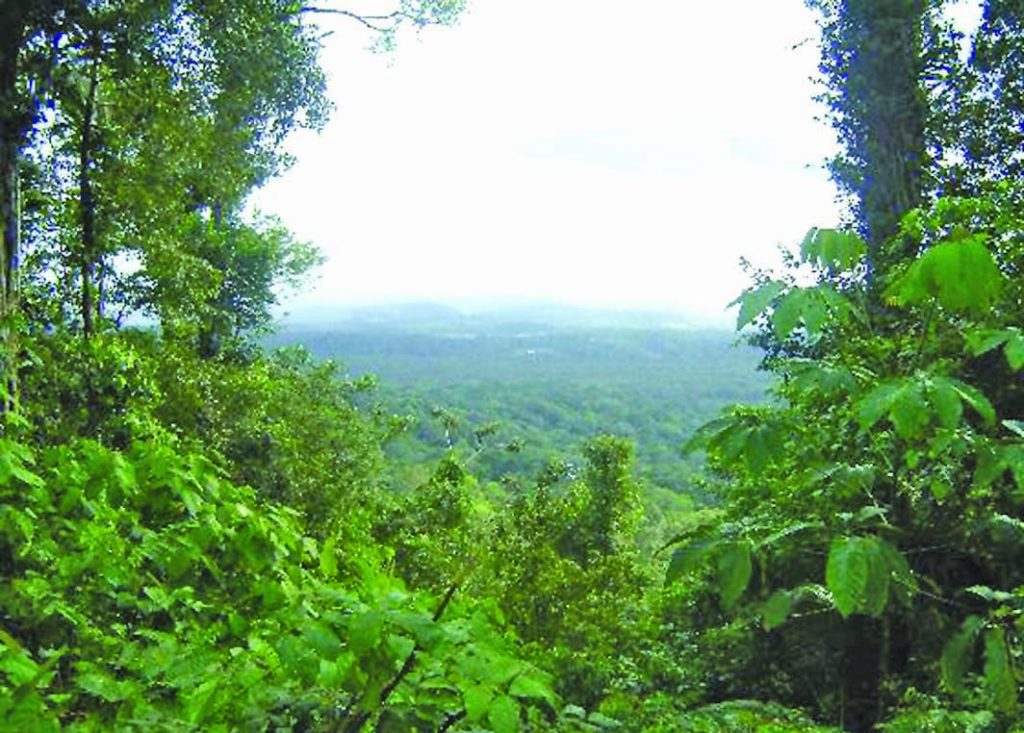The much-touted Green State Development Strategy (GSDS) contains provisions for environmental protection, but the coalition Government has been lagging in pursuing its own agenda of a green economy.

This was revealed by Presidential Advisor on the Environment, Rear Admiral (retired) Gary Best. The former Guyana Defence Force Chief-of-Staff was at the time responding to questions during the University of Guyana (UG) Turkeyen and Tain Talks at Pegasus Hotel on Thursday.
In any conservation plan and certainly in the GSDS, reforestation usually plays an important role. While the Presidential Advisor stressed that reforestation fell under the Guyana Forestry Commission (GFC), he confirmed that Government has been lagging in pursuing reforestation as a policy.
“Mining by nature degrades the environment. So the issue is, the challenges they have had with reforestation is what species (of tree) to use and one of the debates is whether to use invasive species or to go back to the natural forest, (which) is very difficult.”
He added, “But I would say to you that our reforestation efforts are at a minimal. We are not doing enough to (contribute to reforestation) and that is a big climate negative for Guyana. Limited work is being done and more should be done,” the Presidential Advisor admitted.
When the GSDS was introduced, it was billed as a framework that would “build” on the Low Carbon Development Strategy (LCDS) designed by the previous Administration to protect the environment while receiving financing.

According to the framework document, a critical element will be the sustainable management of natural resources. In fact, one of the strategy’s goals is the mandatory reforestation of mining sites.
According to the document, it will aim to “conserve an additional two million hectares through Guyana’s National Protected Area System, continuing to use its monitoring, reporting and verification (MRV) system.”
It also plans on “continuing promotion of the Iwokrama as a dedicated place for research “to develop, demonstrate, and make available to Guyana and the international community systems, methods and techniques for the sustainable management and utilisation of the multiple resources of the Tropical Forest and the conservation of biological diversity”.”
In the document, it is stated that a combination of conservation and sustainable management of forests will form the crux of the strategy. It is noted that attracting additional international support for avoided deforestation through reforms in timber industries will include reduced impact logging.
The GSDS is also slated to include “reviewing compliance with agreed sustainability targets; and in the mining industry including mapping of mining resources, improving mining efficiency, and mandatory reforestation of mining sites.
Some of these activities are already in the pilot phase, for example sustainable land management and development – putting degraded and deforested lands to productive use.”
The framework document states that the elements of the Strategy will be examined and consulted upon between April and December of 2017. Public consultations are yet to begin.
Within the framework, seven “central themes” are provided; they include promises to diversify the economy, “creating decent jobs for all”; transition to renewable energy; and “human development and well-being.”
The framework of the GSDS and financing mechanisms’ document was completed in March with financial and technical support from UN Environment. Initial consultations in regard to the development of the framework document began last December between the Government and other key stakeholders.
Reforestation efforts may be at a minimum, but so too is actual logging… one activity responsible for deforestation. In the Finance Ministry’s half year report, the forestry industry showed an 18.2 per cent contraction in the first six months of 2017, compared to the same period in 2016. Declining production within the forestry industry was attributed to structural changes in the industry.
The mining sector also contracted during the first half of 2017. Gold production fell by 1.7 per cent to 317,096 ounces, compared to the same period in 2016.











